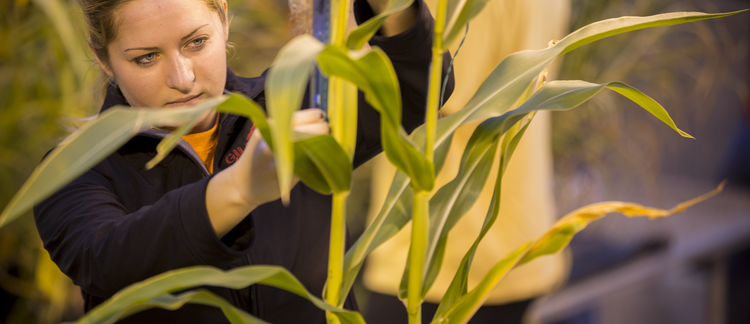Abstract
Native grasslands provide a multitude of benefits to society including forage production, wildlife habitat, and nutrient and CO2 sequestration. There has been increasing interest in using native perennial grassland plantings to produce cellulose-based biofuels. However, there is little information on how biomass production might vary among different native species in a comparable field setting in Western Iowa. Perennial warm-season grasses such as big bluestem, Indian grass, switchgrass, little bluestem or side-oats grama often dominate prairies. In Western Iowa, all five of these species dominate in at least some grassland plantings. In an ongoing study, we are studying how different warm-season grasses vary in their biomass production, weed suppression, and rare prairie species recruitment. Prairie species recruitment will be reported in more detail in future reports. Here, focus is on the differences in biomass production and weed suppression among grass species.
Keywords: Ecology Evolution and Organismal Biology
How to Cite:
Wilsey, B. J., (2007) “Biomass Production Varies Among Native Prairie-Grass Species”, Iowa State University Research and Demonstration Farms Progress Reports 2006(1).
Downloads:
Download pdf
View PDF
262 Views
119 Downloads

